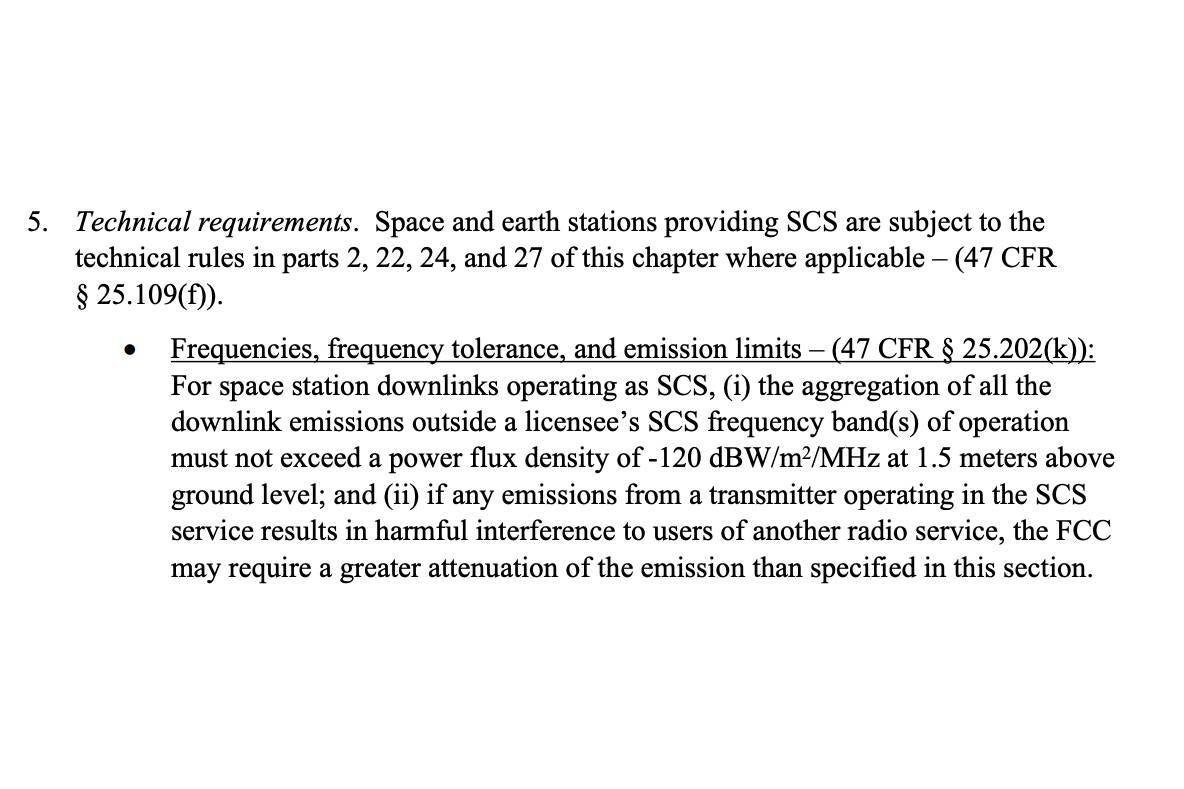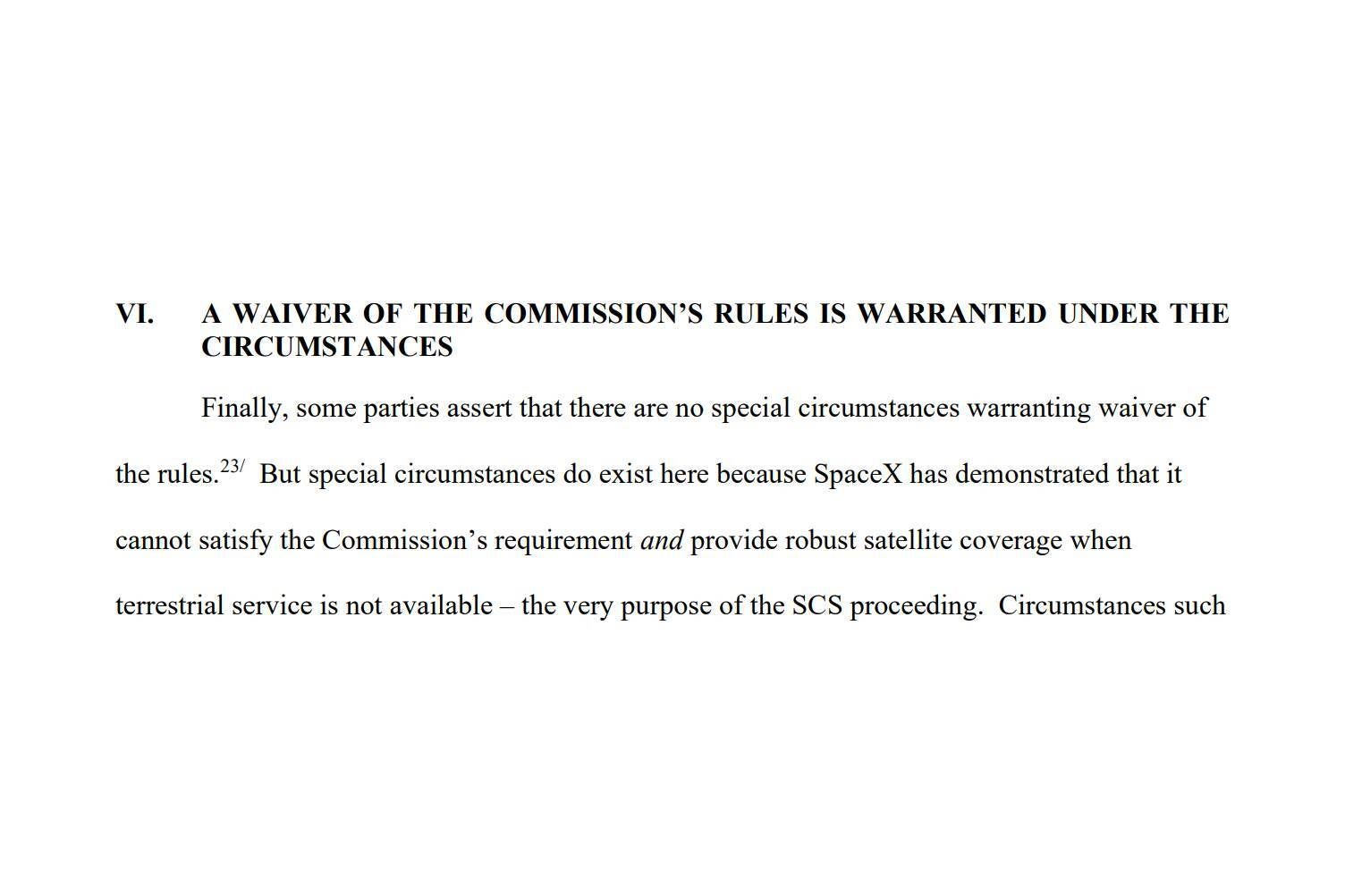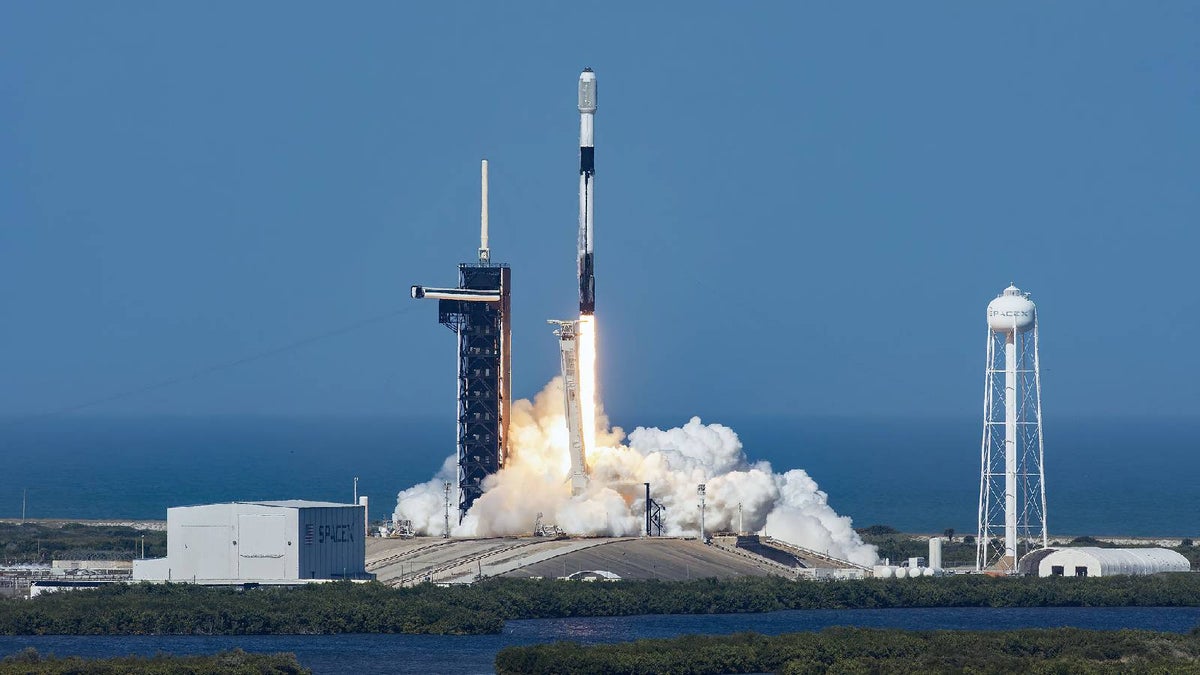In a new report that states the final rules for the deployment of supplemental coverage from space (SCS), the FCC has laid down its technical requirements. According to the rules, there won’t be any relaxation on the power flux density limit of -120 dBW/m2 /MHz.

SpaceX was hoping for up to a ninefold increase to the limit, but the suggestion was met by opposition from AT&T, Verizon, EchoStar, and Omnispace, all of whom said that a relaxed out-of-band PFD would cause interference with their networks.
SpaceX will use its Starlink satellites to bring connectivity to dead zones using T-Mobile‘s PCS G Block spectrum. T-Mobile made a last-ditch effort on August 22 to get the FCC to approve the waiver request for out-of-band PFD limits.


At the forefront of the argument was the point that like its rivals, T-Mobile also “has terrestrial operations in frequency bands that are adjacent to those in which SpaceX will operate,” which is why it’s equally paramount for the carrier to ensure satellite transmissions do not impact its operations.
The company also said that SpaceX would not be able to offer robust satellite coverage if the FCC didn’t relax its requirements. Now that the FCC has refused to do so, it’s possible that AT&T and Verizon will deploy their satellite services before T-Mobile, while SpaceX works through FCC’s requirements.
